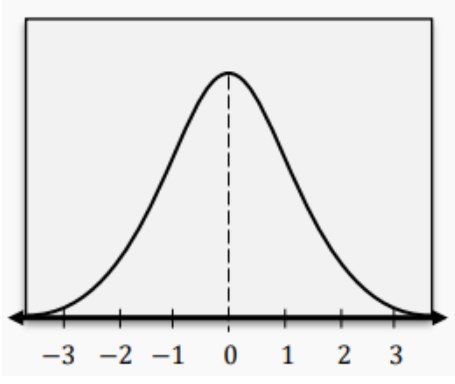In hypothesis testing, the first crucial step is formulating two statements: the null hypothesis and the alternative hypothesis. These statements are derived from the problem context and are essential for guiding the analysis. The null hypothesis, denoted as \( H_0 \) (or \( H_n \) or \( H_0 \)), represents a claim about a population parameter that we assume to be true. This parameter can be a mean (\( \mu \)), a proportion (\( p \)), or a standard deviation (\( \sigma \)), and it is typically expressed with an equal sign. For instance, if a claim states that 30% of people like vanilla ice cream, the null hypothesis would be \( H_0: p = 0.3 \).
In contrast, the alternative hypothesis, represented as \( H_a \), is the opposing claim that we seek evidence for. It shares the same parameter as the null hypothesis but differs in the relational symbol, which can be less than (<), greater than (>), or not equal to (≠). For example, if we want to test whether the mean age of students is less than the claimed average of 23 years, the null hypothesis would be \( H_0: \mu = 23 \) and the alternative hypothesis would be \( H_a: \mu < 23 \).
Understanding the context of the problem is vital for correctly identifying these hypotheses. Keywords such as "greater than," "less than," or "not equal to" help determine the appropriate relational symbol for the alternative hypothesis. For instance, if a business journal claims that more than 20% of companies have female CEOs, the null hypothesis would be \( H_0: p = 0.2 \) and the alternative hypothesis would be \( H_a: p > 0.2 \).
These hypotheses serve as the foundation for statistical testing, allowing researchers to challenge the null hypothesis based on sample data. The null hypothesis provides a benchmark for comparison, while the alternative hypothesis indicates the direction of the test. By clearly defining these statements, researchers can effectively analyze data and draw meaningful conclusions.



